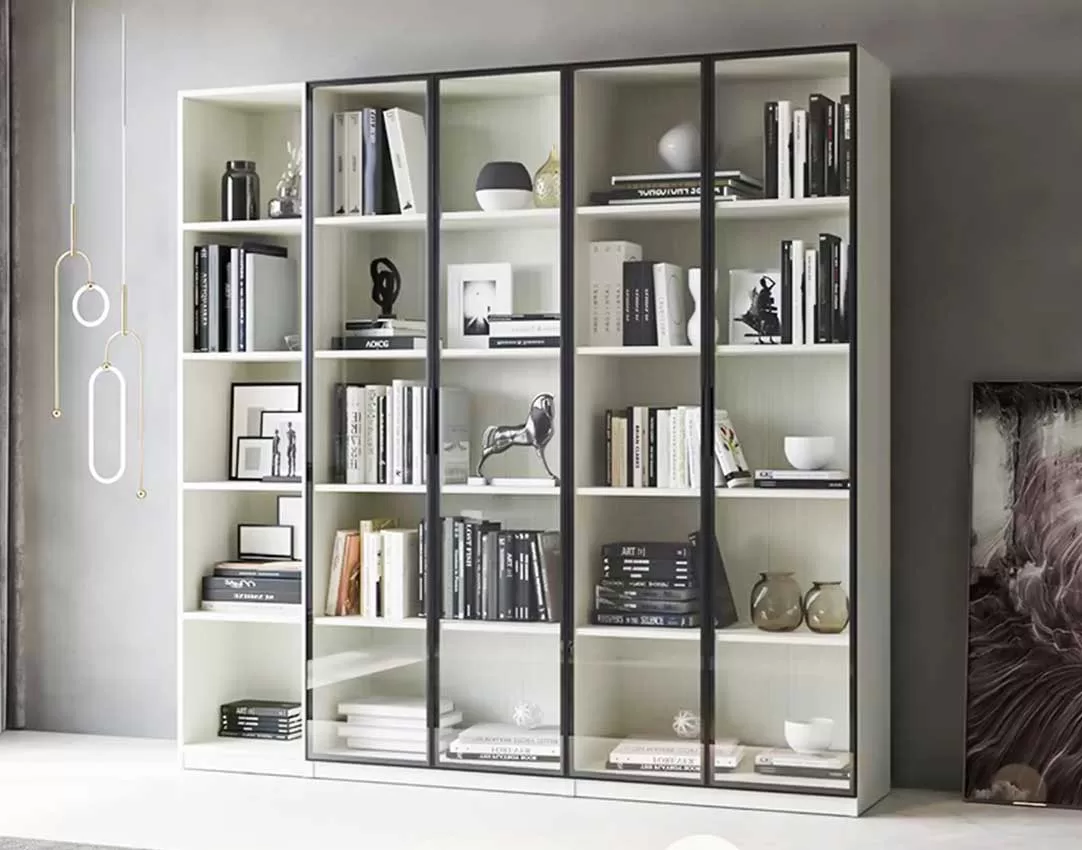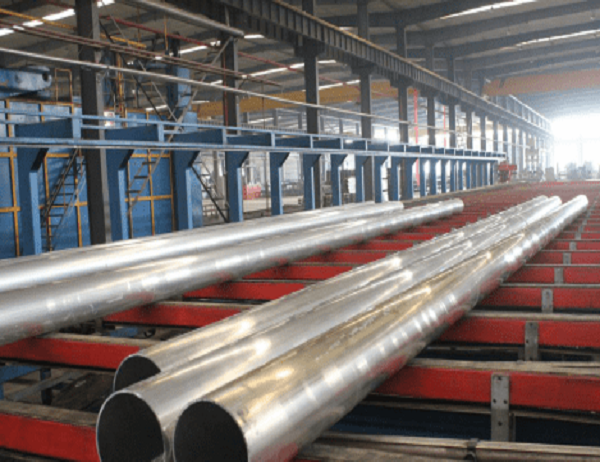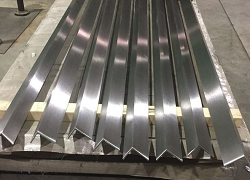The article “Designing with Extruded Aluminium Tubes: Tips and Techniques” offers valuable insights and practical guidance for professionals involved in the design and fabrication of extruded aluminium tubes. This comprehensive resource delves into the intricacies of this versatile material, providing valuable tips, techniques, and best practices to optimize the design and functionality of extruded aluminium tubes.
Understanding Extruded Aluminium Tubes
Extruded aluminium tubes are hollow shapes formed by forcing heated aluminium through a die. This process imparts specific dimensions and cross-sectional shapes to the material, resulting in a vast range of shapes and sizes. Aluminium’s inherent properties, such as its lightweight, strength, corrosion resistance, and recyclability, make it an ideal choice for a wide spectrum of applications.
Factors to Consider in Tube Design
When designing with extruded aluminium tubes, several key factors must be taken into account:
– Material Selection: The choice of aluminium alloy depends on the specific requirements of the application, including strength, corrosion resistance, and other performance parameters.
– Wall Thickness: Determining the appropriate wall thickness is crucial for balancing weight optimization with structural integrity. Engineers must consider factors such as internal pressure, loads, and environmental conditions.
– Length: The overall length of the tube influences its stiffness and load-bearing capacity. Designers must ensure that the tube is sufficiently long to meet the functional requirements while considering material efficiency.
Design Considerations for Extruded Aluminium Tubes
– Cross-Sectional Shape: The cross-sectional shape of the tube impacts its properties. Round tubes offer uniform strength and resistance to torsion, while square or rectangular tubes provide greater bending strength.
– Tolerances: Maintaining precision tolerances is essential for ensuring proper fit and performance in demanding applications. Designers must specify the desired tolerances based on functional requirements and manufacturing capabilities.
– Assembly Methods: The chosen assembly method, such as welding, adhesive bonding, or mechanical fastening, influences the design of the tube and its connection points. Designers must consider the strength, durability, and accessibility of the joint.
Tips for Efficient Tube Design
– Optimize Dimensions: Conduct thorough analysis to determine the minimum necessary dimensions for the tube, ensuring material optimization and cost-effectiveness.
– Use Standard Sizes: When possible, utilize standard tube sizes to reduce lead times, minimize tooling costs, and enhance availability.
– Consider Nesting and Orientation: Plan the tube layout to maximize material utilization and minimize waste.
– Leverage CAD Software: Utilize computer-aided design (CAD) software to streamline tube design, optimize geometry, and ensure precise fit and assembly.
By understanding the properties of extruded aluminium tubes and applying these design principles, engineers can create innovative and efficient solutions across various industries. From automotive to construction, aerospace to medical, extruded aluminium tubes continue to play a pivotal role in shaping the future of engineering design.



